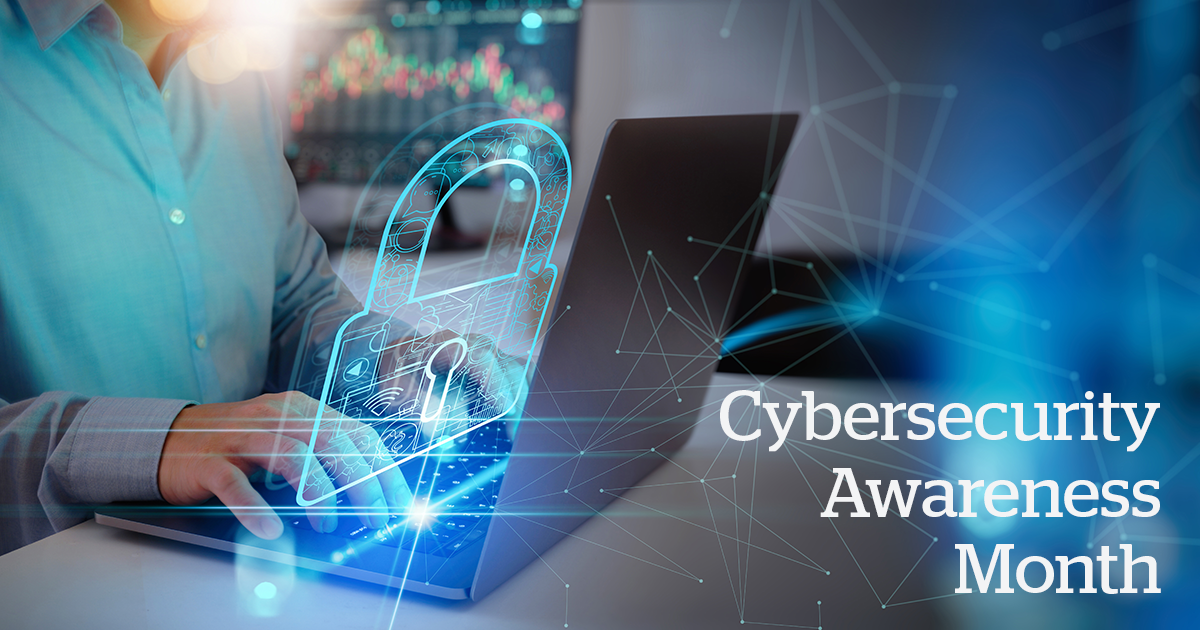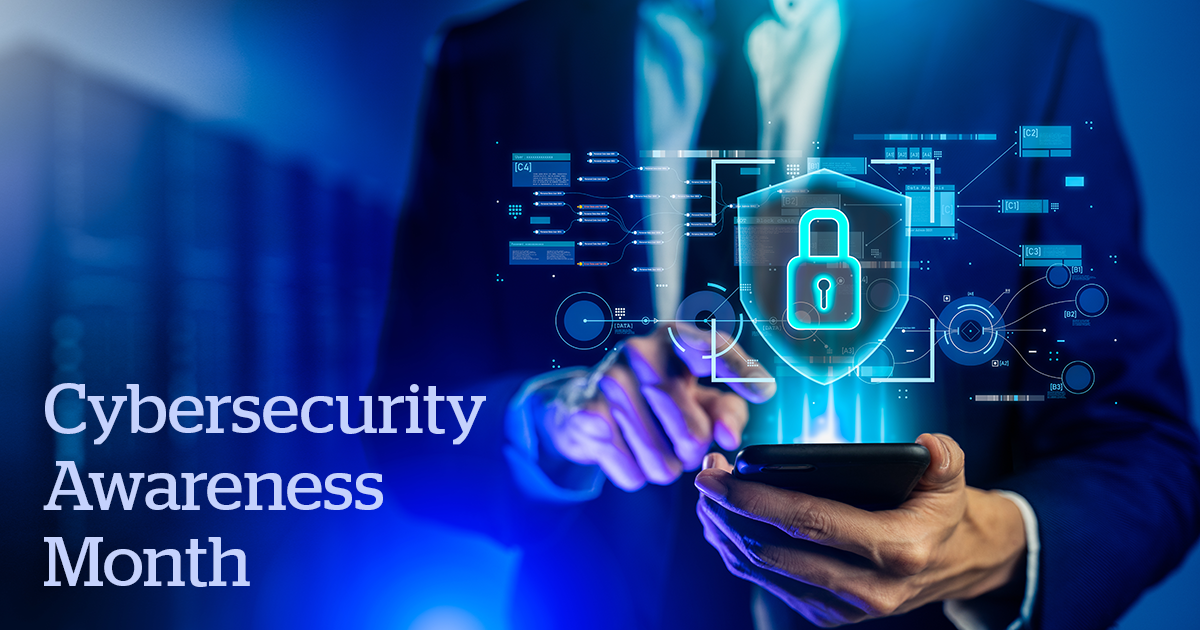In many businesses, there’s little visibility into the unauthorised apps employees download and use to get their work done and it’s becoming a major threat to business security. Employees circumvent using the company-approved tools that they find frustrating or outdated to help them work faster and more efficient and avoid switching between a large number of authorised apps.








